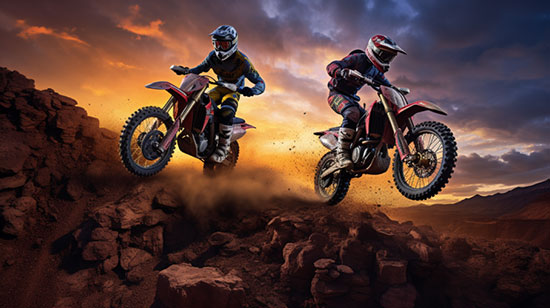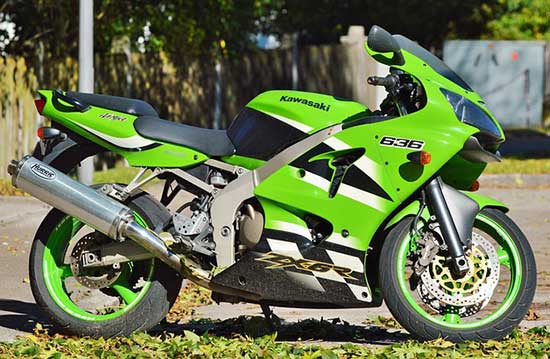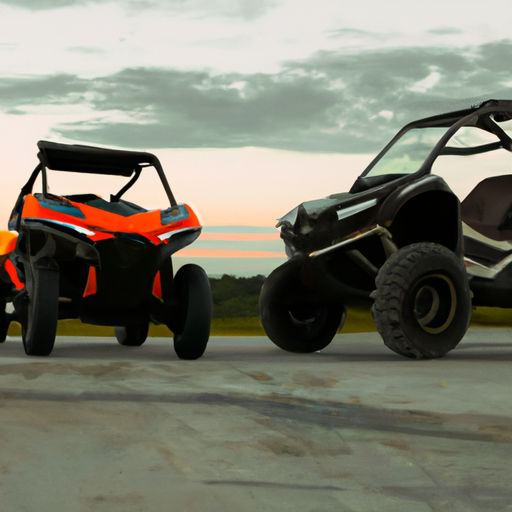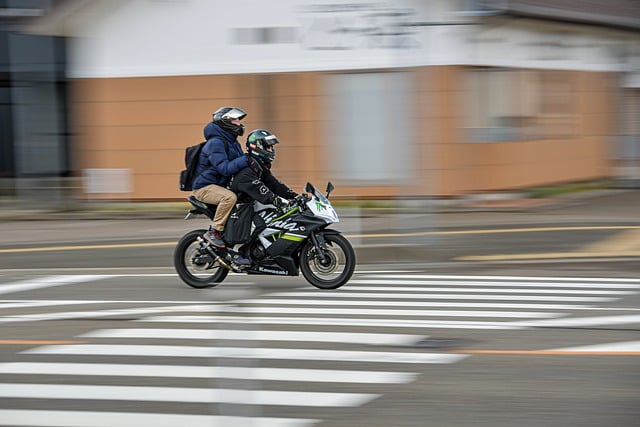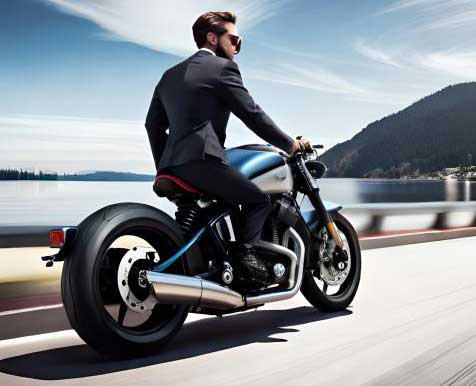When it comes to choosing a bike, it can be a daunting task in today’s market. However, two of the top contenders for the title of the best bike for beginners are the Kawasaki Vulcan and the Honda Rebel.
Both bikes come with their own set of advantages and differences. We’ll help guide you toward which one is the best fit for you.
Contents
Kawasaki Vulcan Specs
| Kawasaki Vulcan S | Information |
|---|---|
| Brand | Kawasaki |
| Model | Kawasaki Vulcan S |
| Start Year | 2020 |
| Category | 12-Month Limited Warranty |
| Factory Warranty | High-tensile steel double-pipe perimeter |
| Frame Type | High-tensile steel double pipe perimeter |
| Wheelbase | 1,575 mm (62.0 inches) |
| Length | 2,310 mm (90.9 inches) |
| Width | 880 mm (34.6 inches) |
| Height | Custom/cruiser |
| Seat Height | 705 mm (27.8 inches) If adjustable, lowest setting |
| Ground Clearance | 130 mm (5.1 inches) |
| Fuel Tank Capacity | 14.00 litres (3.70 gallons) |
| Engine type – Number of cylinders | Twin, four-stroke |
| Fuel system | Injection. DFI with two 38mm throttle bodies, with sub-throttles |
| Engine size – Displacement – Engine capacity | 649.00 ccm (39.60 cubic inches) |
| Maximum power – Output – Horsepower | 60.35 HP (44.1 kW) @ 7500 RPM |
| Maximum torque | 63.00 Nm (6.4 kgf-m or 46.5 ft.lbs) @ 6600 RPM |
| Cooling system | Liquid |
| Gearbox | 6-speed |
| Transmission type, final drive ratio | Chain |
| Ignition Type | TCBI with digital advance |
| Starter Type | 705 mm (27.8 inches) If adjustable, the lowest setting |
Honda Rebel Specs
| Specification | Honda Rebel |
|---|---|
| Engine Type | 4-Stroke, 2-Cylinder |
| Displacement | 471 cc |
| Bore x Stroke | 67 mm x 66.8 mm |
| Compression Ratio | 10.7:1 |
| Cooling | Liquid-Cooled |
| Fuel System | PGM-FI Fuel Injection |
| Ignition | Full transistorized ignition |
| Transmission | 6-Speed |
| Final Drive | O-ring chain |
| Front Suspension | 41 mm Telescopic Fork |
| Rear Suspension | Twin Shock Absorbers |
| Front Brake | Single 296 mm Disc with Hydraulic Caliper |
| Rear Brake | Single 240 mm Disc with Hydraulic Caliper |
| ABS | Optional |
| Front Tire Size | 130/90-16 |
| Rear Tire Size | 150/80-16 |
| Length | 86.0 inches |
| Width | 32.3 inches |
| Height | 43.3 inches |
| Seat Height | 27.2 inches |
| Wheelbase | 58.7 inches |
| Ground Clearance | 5.8 inches |
| Fuel Capacity | 3.0 gallons |
| Curb Weight | 408 lbs |
| Colors Available | Black, Matte Gray Metallic, Pearl Blue |
| Warranty | 1 Year |
Specifications
One of the most significant differences between the Kawasaki Vulcan and the Honda Rebel is their engine size and configuration.
The Kawasaki Vulcan S comes with a liquid-cooled, 4-stroke, DOHC, Parallel-twin engine with a displacement of 649cc. On the other hand, the Honda Rebel has either a 286cc or 400cc liquid-cooled parallel-twin engine, depending on the model you choose.
The Kawasaki Vulcan produces a power output of around 61 HP at 7,500 RPM and a torque of 63 Nm at 6,600 RPM. In comparison, the Honda Rebel 500 produces 46.2 horsepower at 8,500 RPM and a torque of 43.2 Nm at 6,000 RPM.
The Honda Rebel 300, in contrast, generates 27 horsepower at 8,500 RPM and 26.5 Nm of torque at 6,000 RPM.
Design
The design of each bike is vastly different. The Kawasaki Vulcan S has a sporty yet flexible appearance, with a long, low-slung profile and a comfortable riding position that is well-suited for long rides.
Additionally, it features a forward-mounted design that provides a sporty look as well as more than enough clearance for a comfortable ride.
In comparison, the Honda Rebel has a distinct cruiser look that harks back to the bike’s roots. The bike comes with a relatively low and long profile, a single-seat setup, and classic cruiser visuals.
This bike’s design naturally encourages a laid-back and relaxed riding position, ideal for cruising on longer trips.
Suspension and Handling
The Kawasaki Vulcan S suspension has a paddle-style gear shift and is adjustable to fit different rider needs.
Its suspension system features an adjustable rear shock as well as a telescopic fork. The Honda Rebel, meanwhile, uses a rigidly mounted engine as part of its structure. Though it provides better handling, it could be less comfortable on unsmooth tracks.
Additionally, the Kawasaki Vulcan S utilizes a single brake disc at the front and a single brake disc at the back, while the Honda Rebel has a single brake disc setup at the front and the back.
The Vulcan S offers more rider adjustability options than the Honda Rebel, with its Ergo-Fit system allowing riders to fine-tune the riding position.
Comfort and Ergonomics
The 2022 Kawasaki Vulcan S features a low seat height of 27.8 inches, which makes it comfortable for shorter riders. However, taller riders may need to adjust for comfort.
On the other hand, the Honda Rebel 500 boasts a seat height of 29.6 inches, which is geared more toward taller riders. The Rebel 300 comes with a lower seat height of 27.2 inches.
Additionally, the Honda Rebel provides a more laid-back style that is more suited to relaxed cruising.
However, the Kawasaki Vulcan S provides a far sportier feel and may be more suitable for those looking for a bike that can handle both long rides and city rides with ease.
Differences between Kawasaki Vulcan and Honda Rebel
To assist you in contrasting the two bikes, we’ve put together a table of their significant differences. We chose the S model for the Vulcan in this example, but please note that differences vary
| Specification | Kawasaki Vulcan S | Honda Rebel |
|---|---|---|
| Engine Type | Parallel Twin | Parallel Twin |
| Displacement | 649 cc | 471 cc |
| Bore x Stroke | 83 mm x 60 mm | 67 mm x 66.8 mm |
| Compression Ratio | 10.8:1 | 10.7:1 |
| Cooling | Liquid-Cooled | Liquid-Cooled |
| Fuel System | Fuel Injection | PGM-FI Fuel Injection |
| Ignition | Digital | Full transistorized ignition |
| Transmission | 6-Speed | 6-Speed |
| Final Drive | Chain | O-ring chain |
| Front Suspension | 41 mm Telescopic Fork | 41 mm Telescopic Fork |
| Rear Suspension | Offset Laydown Single-Shock | Twin Shock Absorbers |
| Front Brake | Single 300 mm Disc with Dual-Piston Caliper | Single 296 mm Disc with Hydraulic Caliper |
| Rear Brake | Single 250 mm Disc with Single-Piston Caliper | Single 240 mm Disc with Hydraulic Caliper |
| ABS | Available (optional) | Optional |
| Front Tire Size | 120/70 R18 | 130/90-16 |
| Rear Tire Size | 160/60 R17 | 150/80-16 |
| Length | 90.9 inches | 86.0 inches |
| Width | 34.6 inches | 32.3 inches |
| Height | 43.3 inches | 43.3 inches |
| Seat Height | 27.8 inches (adjustable) | 27.2 inches |
| Wheelbase | 62.0 inches | 58.7 inches |
| Ground Clearance | 5.1 inches | 5.8 inches |
| Fuel Capacity | 3.7 gallons | 3.0 gallons |
| Curb Weight | 498 lbs | 408 lbs |
| Colors Available | Various color options | Black, Matte Gray Metallic, Pearl Blue |
| Warranty | 1 Year | 1 Year |
Conclusion
In conclusion, the Honda Rebel and Kawasaki Vulcan are both excellent motorbikes that are suitable for both seasoned riders and beginners. When deciding between the two, both design and performance should be considered.
The Honda Rebel is a better choice for cruisers, with a laid-back design that is ideal for long rides. In contrast, the Kawasaki Vulcan is designed with handling and sportiness in mind, making it more suitable for riders who want a sportier feel while still being comfortable on long trips.
In the end, your choice of bike will depend on your particular riding preferences, and only you can determine which bike will suit you best.
However, researching and examining the differences between the Kawasaki Vulcan S and the Honda Rebel should give you a better understanding of where their strengths lie.

